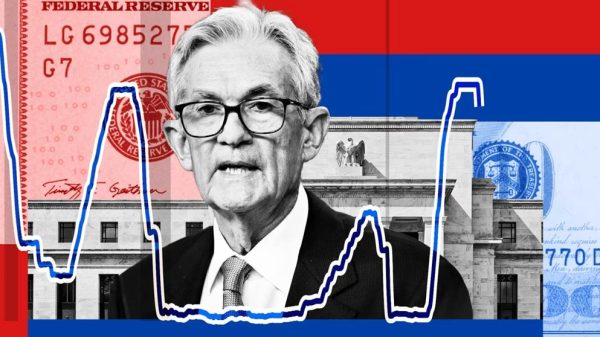India is on the brink of its first monetary policy rate cut in almost five years, as the Reserve Bank of India (RBI) is expected to trim the benchmark repo rate by 25 basis points to 6.25% at the conclusion of its policy meeting this Friday. The move comes as inflation eases and economic growth slows, providing the central bank with room to stimulate a faltering economy.
Key Developments
The anticipated rate cut marks the first since May 2020, when the RBI lowered rates during the COVID-19 pandemic to mitigate economic damage. In recent weeks, India’s 10-year government bond yields have fallen by 16.5 basis points to 6.664%, reflecting market optimism about a looser monetary policy.
The decision is expected to kick off what analysts are calling a “shallow rate cut cycle.” Taimur Baig, Chief Economist at DBS Bank, believes this cycle could support the economy without significantly destabilizing financial markets.
Economic Context
India’s economic growth has been underwhelming, with the government recently revising its fiscal year GDP growth forecast downward to 6.4% from an earlier projection of 7.2%. The latest figures show the economy grew by only 5.4% in the September quarter, its slowest pace in two years.
Meanwhile, inflation has cooled significantly, dropping to 5.22% in December and 5.48% in November, well within the RBI’s tolerance ceiling of 6%. This decline offers the central bank flexibility to prioritize growth over inflation control.
Impact of New RBI Leadership
This policy meeting is the first under newly appointed RBI Governor Sanjay Malhotra, who took office in December 2024. Malhotra has remained cautious in his public statements but has acknowledged the benefits of easing inflation and the need for monetary policy flexibility. He has also initiated a review of the RBI’s growth and inflation forecasting tools to improve accuracy.
Malhotra’s leadership could bring a fresh perspective to the Monetary Policy Committee (MPC), which has maintained steady interest rates for the past two years under former governor Shaktikanta Das.
Challenges Ahead
Despite the optimism surrounding the potential rate cut, challenges remain. The Indian rupee has depreciated by 3.6% against the U.S. dollar since November, reaching record lows. This weak currency complicates the RBI’s policy decisions, as lower interest rates could further weaken the rupee, trigger inflation, and lead to capital outflows.
The RBI has already intervened in foreign exchange markets to stabilize the rupee and mitigate potential outflows of foreign capital. However, analysts warn that further rate cuts could exacerbate these pressures.
Additionally, external headwinds like ongoing geopolitical tensions and the strong U.S. dollar, driven by high U.S. interest rates, could constrain India’s monetary policy options.
Looking Ahead
Economists at Goldman Sachs expect the RBI to shift its stance from “neutral” to “accommodative” following this rate cut, signaling a commitment to supporting growth. The bank also projects an additional 25 basis point cut in April, depending on inflation trends and economic performance.
As India navigates these uncertain waters, all eyes will be on Governor Malhotra’s policy statement and the broader direction of the RBI’s monetary policy. The central bank’s decisions will be critical in addressing slowing growth while maintaining financial stability amid a challenging global environment.











